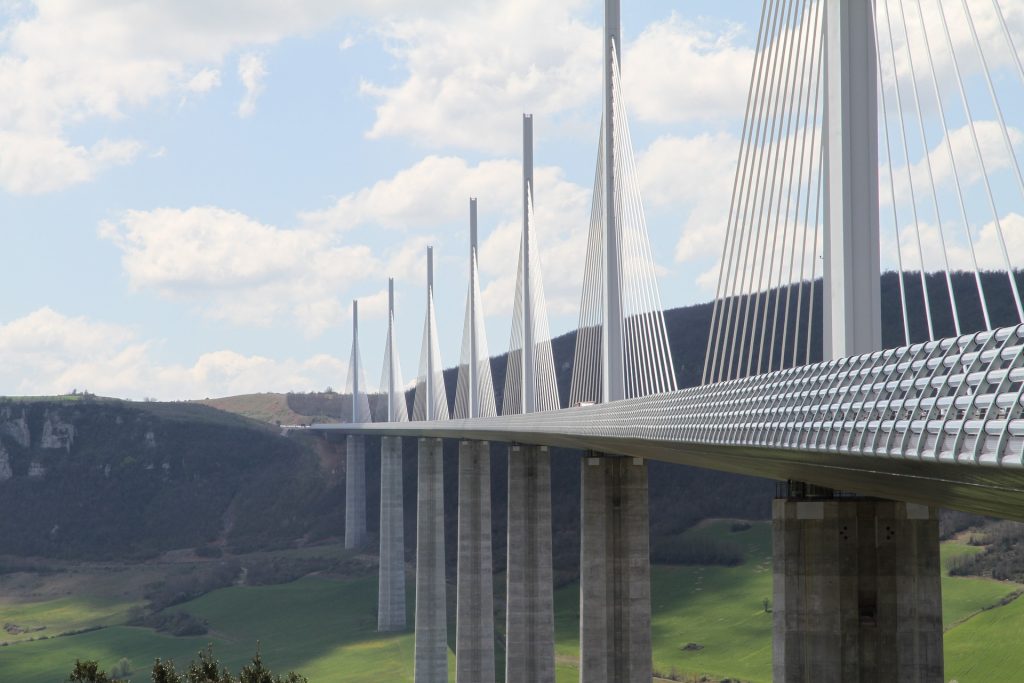Types of Concrete Waterstops
Waterstop has an important role in strengthening any concrete structure, especially joints, the weakest part that is responsible for leakage of water or chemical liquids. Thus, waterstops are designed as a fluid-tight diaphragm embedded in or running along the joints to address these problems. Manufactured from different materials in a wide range of shapes and sizes, waterstops are perfect for various types of applications as shown below:
- Water and sewage disposal projects
- Liquid containment
- Dams, channels, tunnels and tanks
- Box culverts and locks
- Primary and secondary containment structures
- Bridges and decks abutments
- Wall and slabs
- Basements and foundations, etc
There are various types of waterstops available for construction joints. Each of them has different strengths and weaknesses, which makes them appropriate for certain applications. Here are some of the most common:

Waterstop PVC – This waterstop solution is being integrated into the concrete joints. It acts as a continuous watertight diaphragm to prevent any flowing of liquids in constructions joints which are subject to hydraulic pressure. It is built for expansion or contraction joint. Additionally, it can accommodate lateral and transverse movements which make it capable to suit the moving joints.
Furthermore, PVC waterstop is created from an elastomeric plastic material including high quality polyvinyl chloride, special resin and some chemical additives such as plasticizers and stabilizers.
Hydrophilic waterstops – These are elements of a concrete structure, designed to prevent moisture infiltration. This type of waterstop swells in the presence of moisture. They can be used to seal concrete joints, but also to seal form-work areas. Composed of non-bentonite, modified chloroprene rubber, hydrophillic waterstop expands up to 8 times its original volume when exposed to water. This expansion creates an effective compression seal within joints of limited movement.
Urethane waterstops – Urethane also swells to form a compression seal in concrete joints when exposed to water. It grows to about 350-percent from its original volume. These type of waterstops can also be applied in strips or using a caulking gun, which makes them quicker and easier to install. They also need to be kept dry prior to application, but need an additional 24 hours to cure before the concrete is poured. The urethane needs to remain dry throughout the curing process.
At Corrotech Construction Chemicals, we offer various types of waterstops that help you create crack-free watertight concrete structures. Our range includes Hydrophilic waterstops that expand upon contact with water to create a durable compression seal. We also have PVC waterstops that are designed to be cast into construction or expansion joints to prevent the passage of liquids under pressure. Click here for more information.

